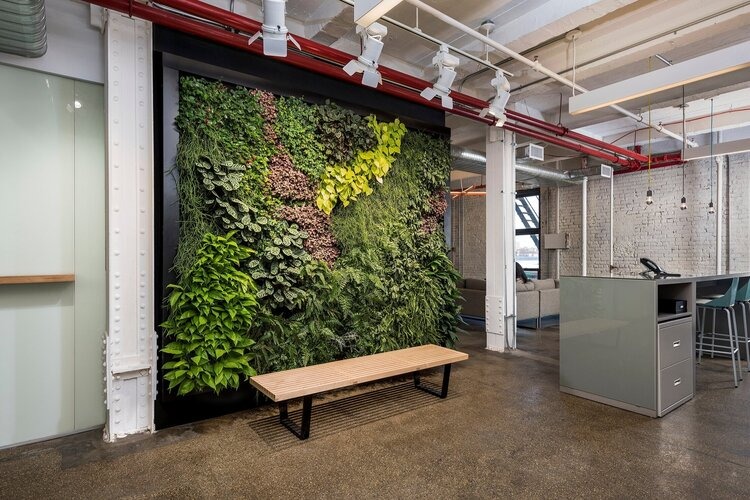In the quest for sustainable urban development, green roofs have emerged as a groundbreaking solution. Also known as living roofs, these structures integrate vegetation into building rooftops, creating a symbiotic relationship between nature and urban infrastructure. This innovative approach not only enhances the aesthetic appeal of buildings but also contributes significantly to environmental sustainability.
The Benefits of Green Roofs
Environmental Impact
Green roofs building nyc provide numerous environmental benefits that address some of the most pressing urban challenges:
- Improved Air Quality: Plants on green roofs filter pollutants and carbon dioxide from the air, leading to cleaner, healthier urban environments.
- Stormwater Management: By absorbing and retaining rainwater, green roofs reduce runoff and help mitigate the risk of flooding. This also decreases the burden on urban drainage systems.
- Urban Heat Island Effect: Green roofs help cool the surrounding air by providing natural insulation. This reduces the heat island effect, which is common in densely populated areas due to concrete and asphalt.
Energy Efficiency
Green roofs contribute to energy efficiency in several ways:
- Insulation: The layers of soil and vegetation on a green roof provide excellent insulation, reducing the need for heating in the winter and cooling in the summer. This results in lower energy consumption and cost savings for building owners.
- Temperature Regulation: The presence of vegetation helps regulate building temperatures by providing shade and reducing the amount of heat absorbed by the roof surface.
Biodiversity and Habitat Creation
Green roofs create valuable habitats for wildlife in urban settings:
- Habitat for Birds and Insects: These roofs offer nesting and feeding grounds for birds, insects, and other small creatures, enhancing urban biodiversity.
- Pollinator Support: By providing flowering plants, green roofs support pollinators like bees and butterflies, which are crucial for ecosystem health and food production.
Types of Green Roofs
Extensive Green Roofs
Extensive green roofs are characterized by their shallow soil depth, typically ranging from 2 to 6 inches. They are low-maintenance and ideal for buildings with structural limitations. These roofs support a range of drought-tolerant plants, such as sedums and grasses, and are suited for areas with limited access or high wind exposure.
Intensive Green Roofs
Intensive green roofs, on the other hand, have deeper soil layers, allowing for a broader variety of plants, including shrubs and small trees. These roofs require more maintenance but offer more extensive landscaping options. They are ideal for creating rooftop gardens and recreational spaces.
Installation and Maintenance
Installation Process
The installation of a green roof involves several key steps:
- Structural Assessment: Before installation, it’s essential to evaluate the building’s structural capacity to support the additional weight of a green roof.
- Waterproofing: A high-quality waterproof membrane is applied to prevent water damage to the building structure.
- Drainage System: Proper drainage is crucial to ensure that excess water is directed away from the building. This system typically includes drainage layers and filter fabrics.
- Soil and Planting: The final layers include growing medium and vegetation. Depending on the type of green roof, this may involve planting sedums, grasses, or more complex plantings.
Maintenance Requirements
Green roofs require regular maintenance to ensure their health and functionality:
- Inspection: Routine inspections help identify and address issues such as plant health, drainage problems, or structural concerns.
- Irrigation: While extensive green roofs often rely on rainfall, intensive green roofs may require supplemental irrigation during dry periods.
- Weeding and Pruning: Regular weeding and pruning are necessary to prevent invasive species and maintain plant health.
Conclusion: The Future of Green Roofs
Green roofs represent a transformative approach to urban development, offering a multitude of benefits from environmental conservation to enhanced building performance. As cities continue to expand and face the challenges of climate change, the adoption of green roofs can play a pivotal role in creating more resilient, sustainable, and livable urban environments. By integrating nature into our rooftops, we not only improve our quality of life but also contribute to a greener planet for future generations. Embracing the green roof revolution is not just a trend—it's a step toward a more sustainable and harmonious future.
Visit the official website of urbanstrong.com





Comments